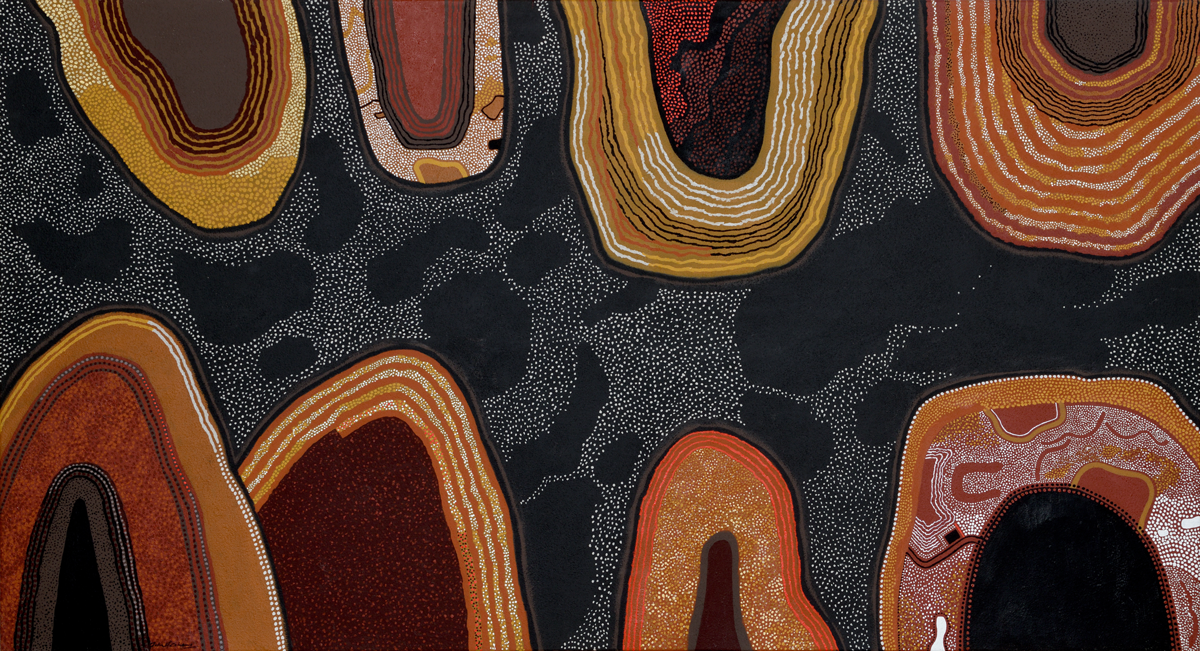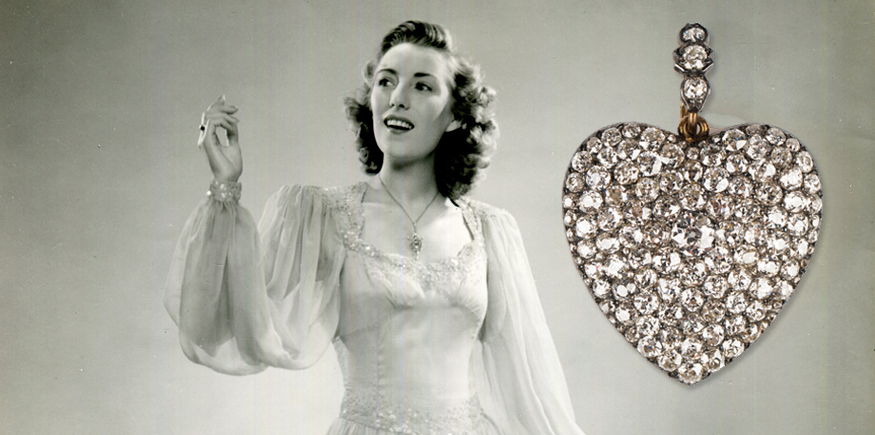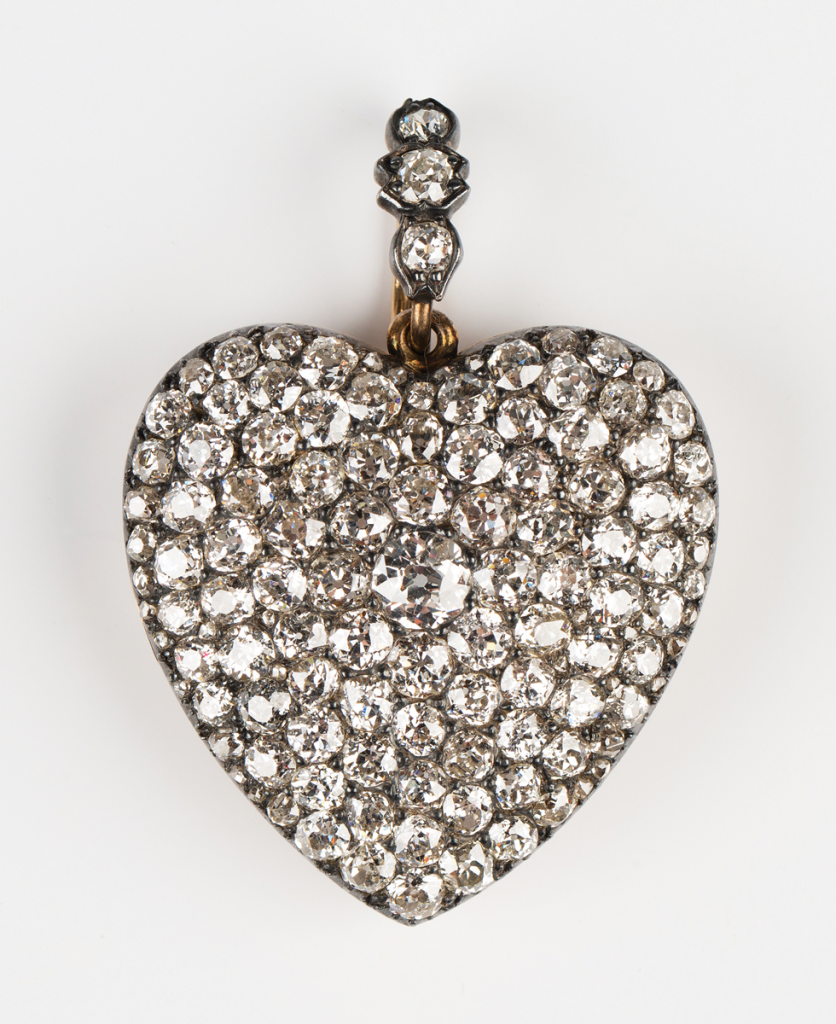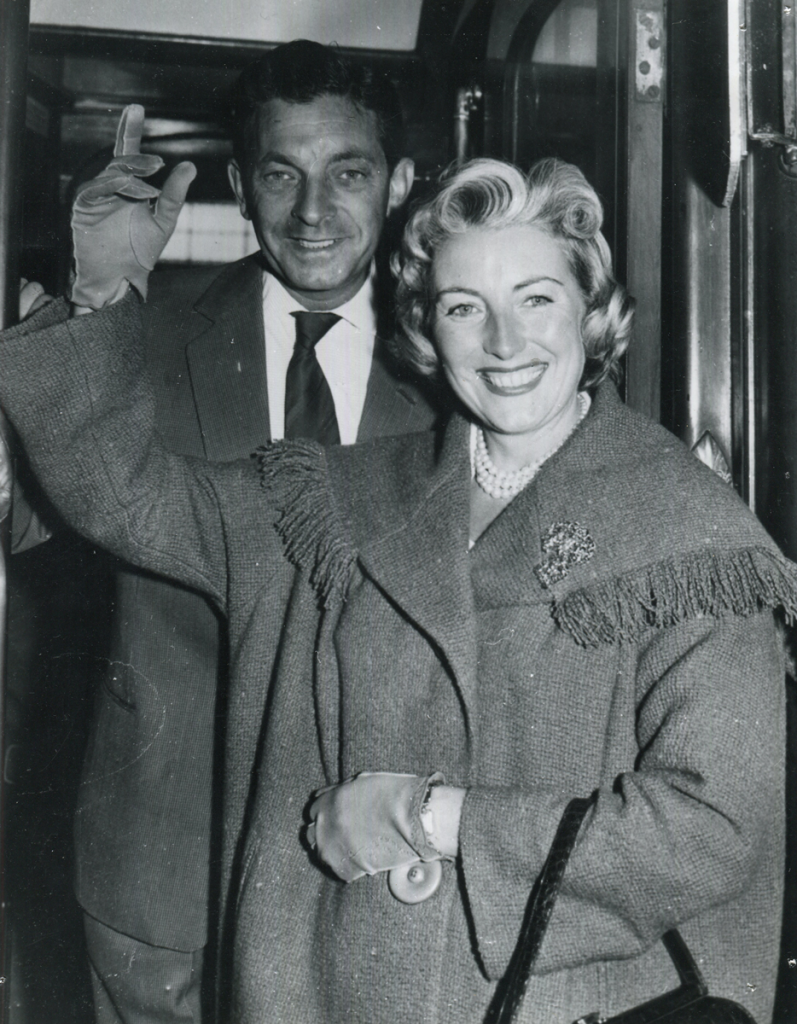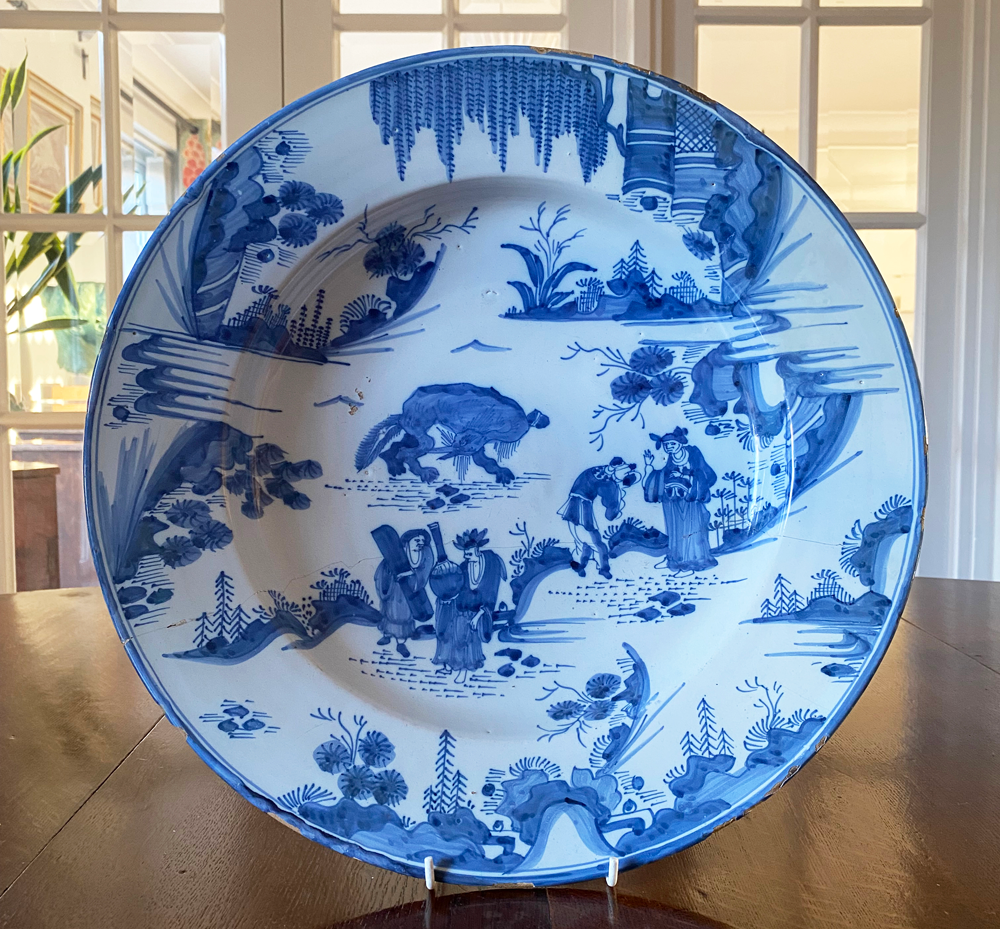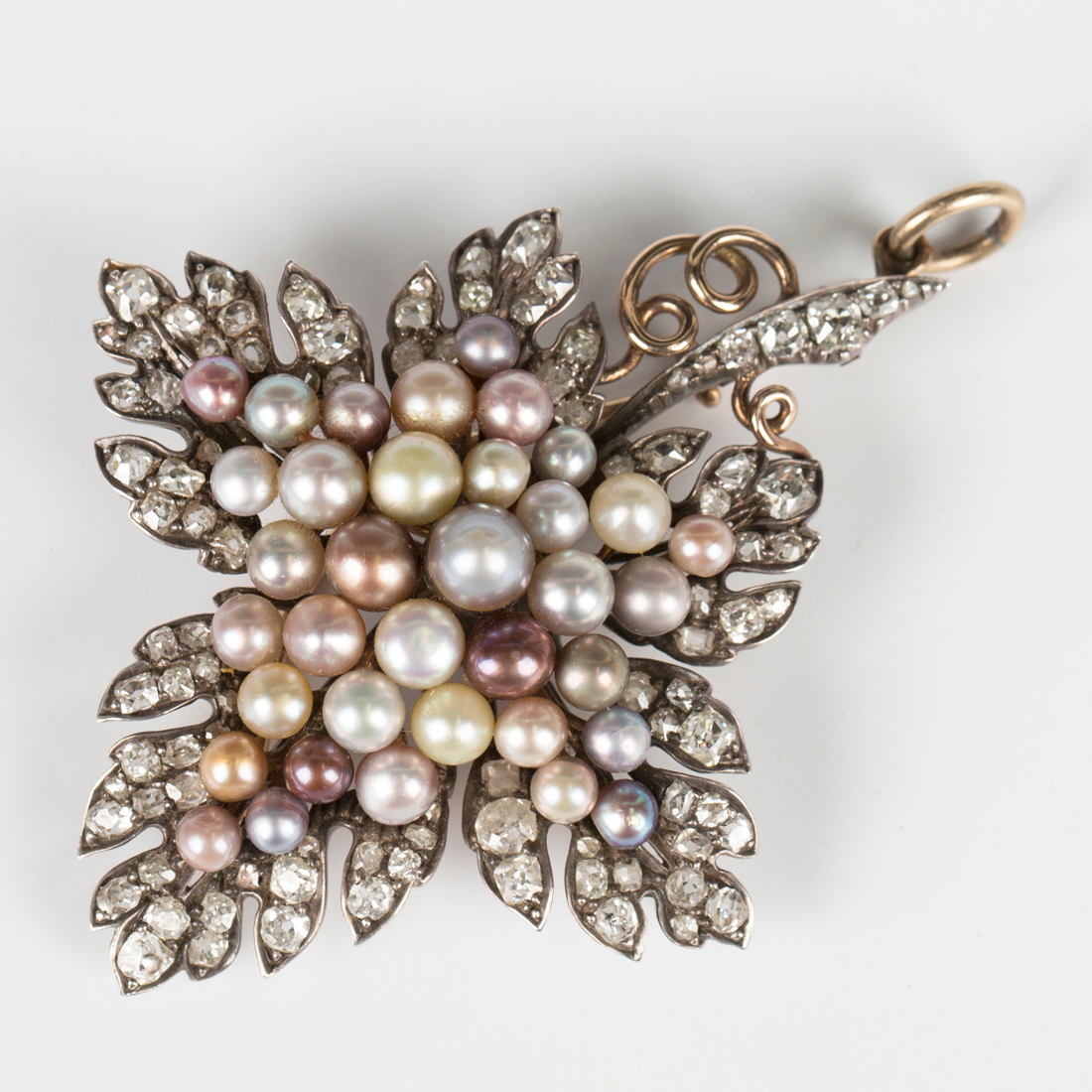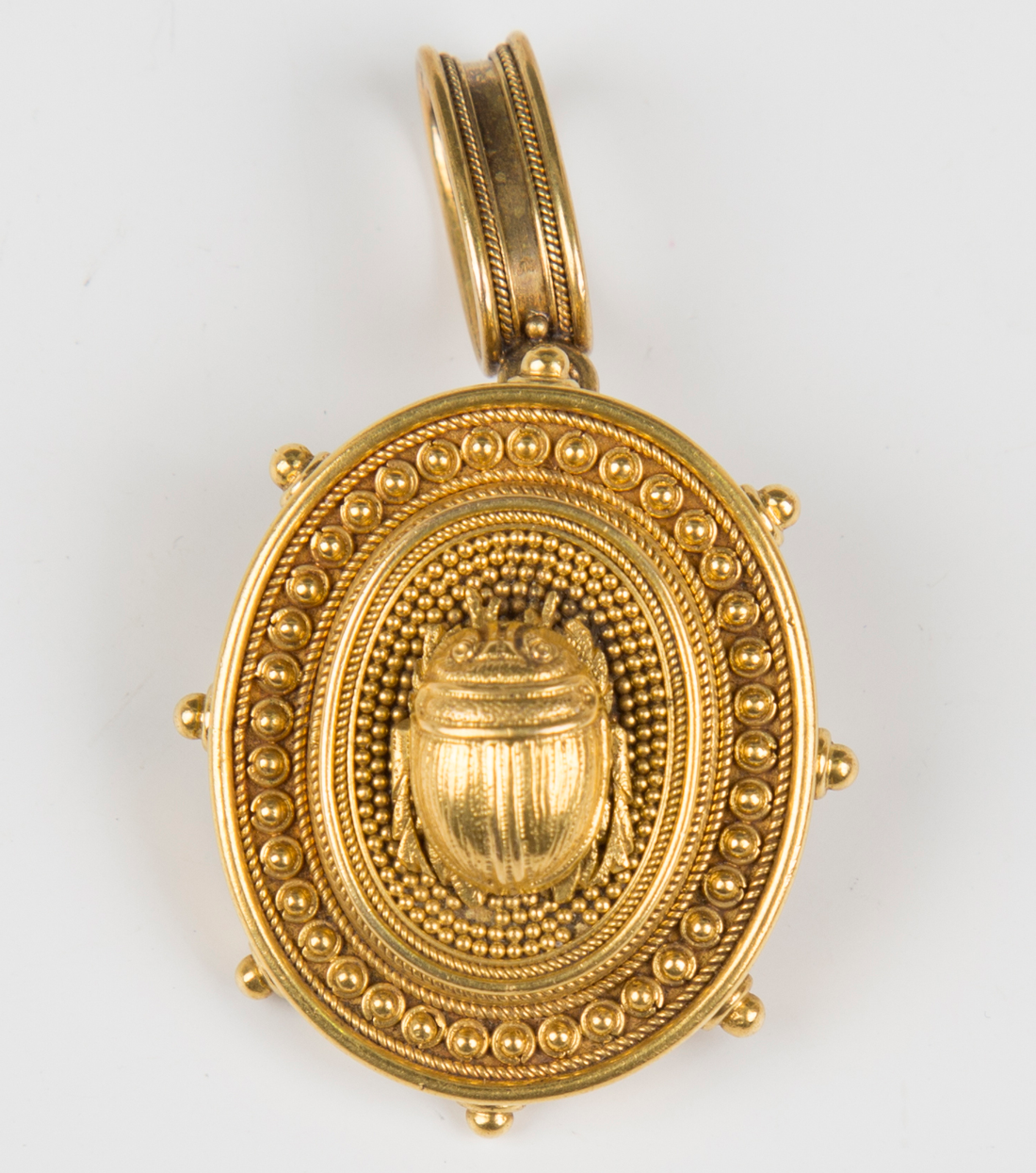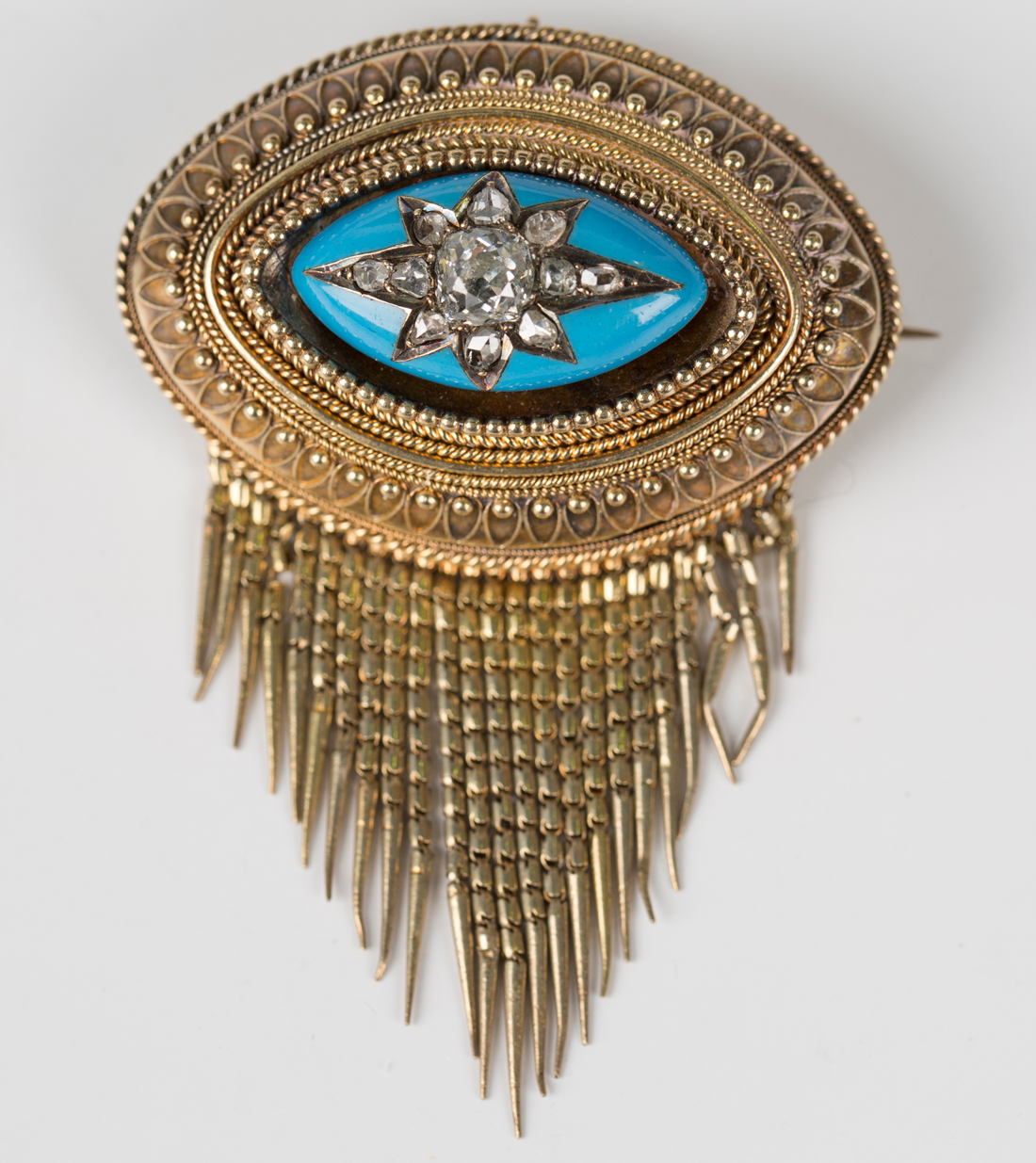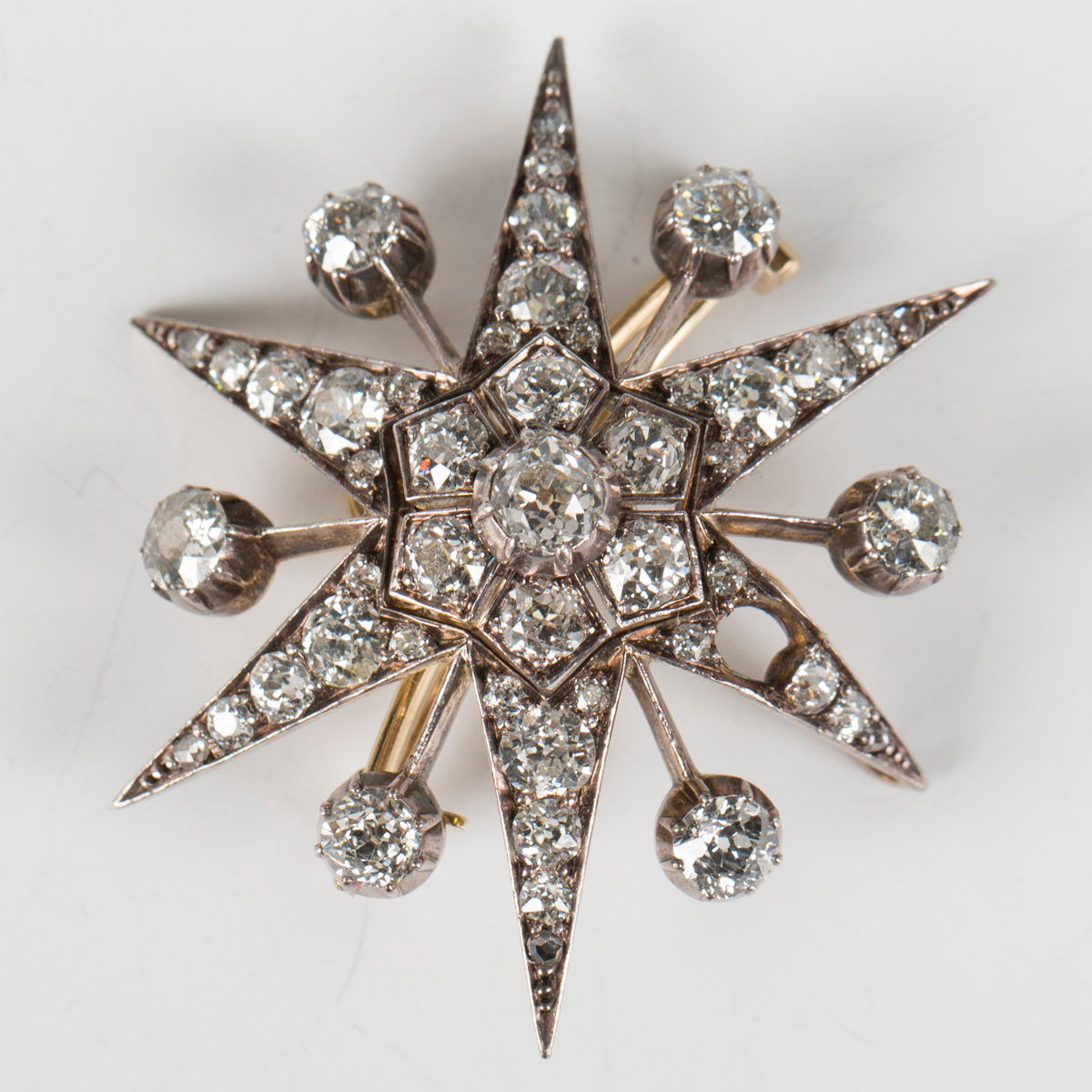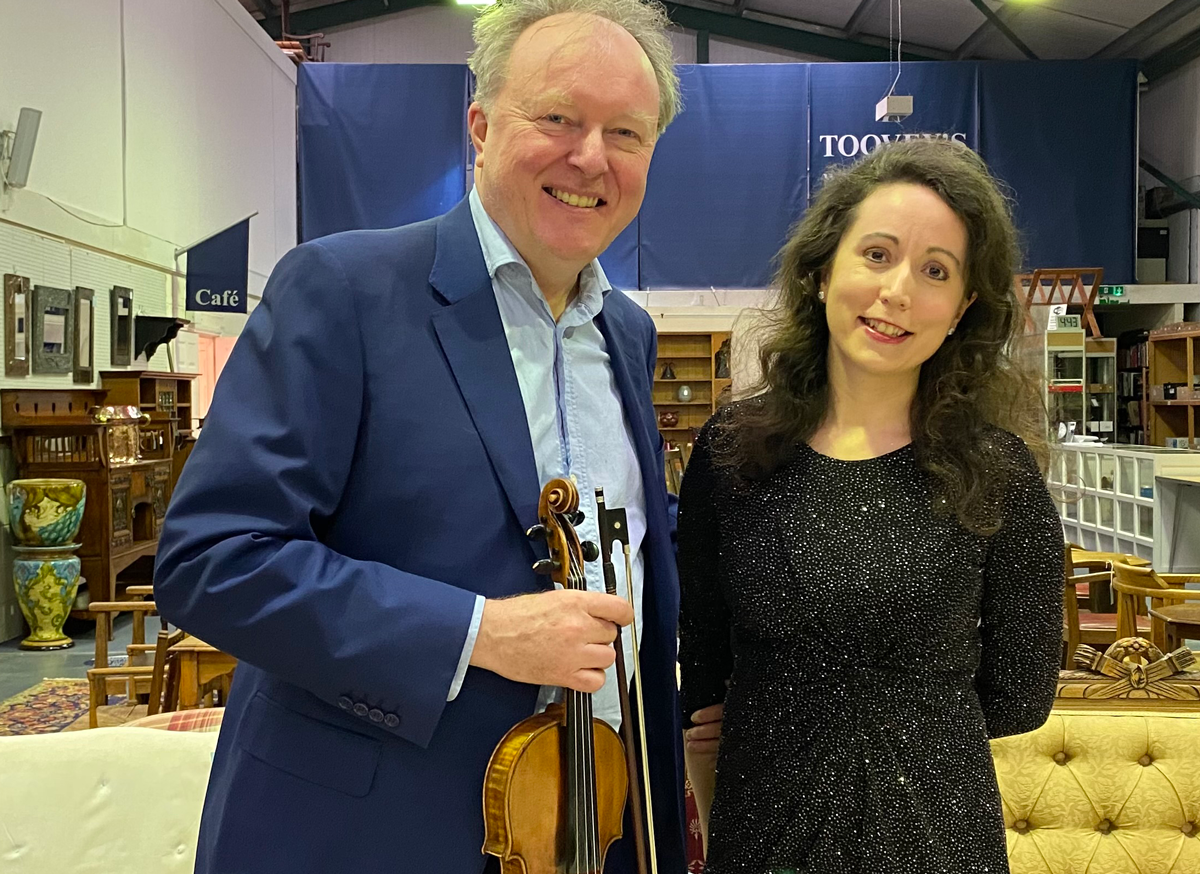
Community and enduring friendships were celebrated through the music of Andrew Bernardi’s Shipley Arts Festival which this year was launched at Toovey’s Washington salerooms.
The celebration began with a dinner in support of Chestnut Tree House at Arundel Castle. Mike Rymer, Chair of the charity’s trustees, greeted guests in the library before the dinner which was hosted by Henry, Earl of Arundel who spoke passionately about the work of our remarkable children’s hospice.
Malcolm Singer, the former Director of Music at the Yehudi Menuhin School of Music and current Professor of Composition at the Guildhall School of Music and Drama in London had written a remarkable piece for this year’s festival with solos for Andrew and his Stradivarius violin and one of the talented young musicians at the heart of Andrew’s work, Grace Shearing. The piece is profoundly moving capturing the joys and sorrows of our human experience of the world. The violin solos are light-filled dancing hopefully above an underlying lament which draws on the Jewish tradition. Malcolm said “It was very special to première Eli, Eli Fantasy at Arundel, and it was a lovely experience working with those young musicians and Andrew.”
At the Festival launch on Sunday evening at Toovey’s Andrew Bernardi was once again joined by the acclaimed Sussex born British pianist Maria Marchant whose performance of Roderick Williams’ Goodwood by the Sea (written for the festival and Maria) delighted the festival supporters and friends. It was lovely to see another celebrated Sussex musician, Victoria Greenwood, returning to the festival. Victoria with her Viola played Rebecca Clarke’s I’ll bid my heart be still, inspired by the Thomas Pringle Poem of love and loss was beautiful, timely and moving.
Grace Shearing, a member of Andrew’s String Academy showed a maturity beyond her 15 years. She captured the audience with her passionate rendition of the 2nd movement of Bruch’s violin concerto.
Andrew and Maria transported us with Edward Elgar’s Sospiri Op.70 The festival launch concluded with Andrew an Maria treating us to Ralph Vaughan Williams’ Lark Ascending.
The festival celebrates the local, national and international qualities of our nation gathering a community of many of the nation’s leading musicians whilst providing pathways to emerging talent. This work is recognised and supported by the Arts Council of Great Britain.
Speaking about the festival’s sponsors Andrew says “What we have in common with our sponsors, musicians and supporters is that we care about people and bringing our communities together.”
As the longest standing sponsor of the Shipley Arts Festival I am delighted that Toovey’s and myself remain at the heart of this remarkable celebration of music and community. Together with our fellow sponsors Kreston Reeves, Nyetimber, NFU Mutual at Henfield and Chichester, Wakefields and YuYuan Art, we look forward to West Sussex continuing to be at the centre of our nation’s musical life thanks to the determination and talent of Andrew Bernardi.
For more information on the forthcoming Shipley Arts Festival concerts go to www.bmglive.com.

